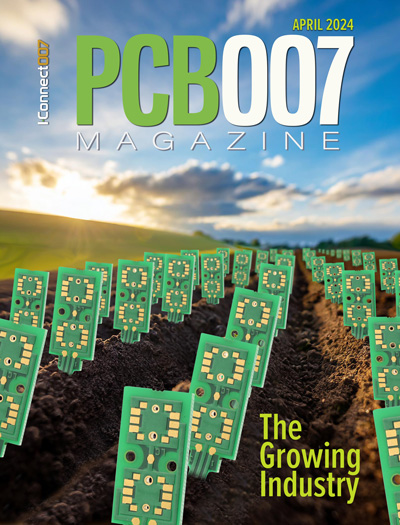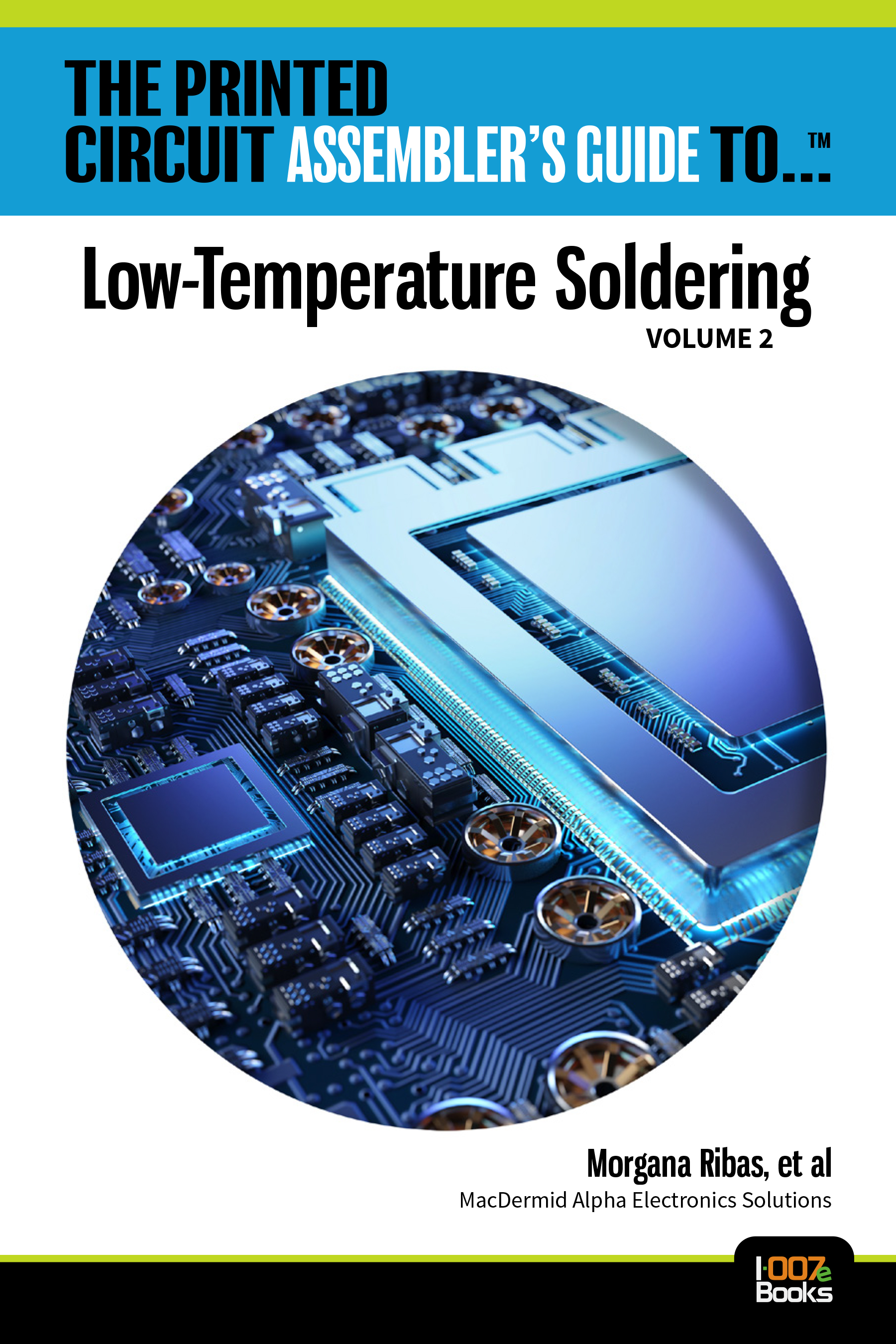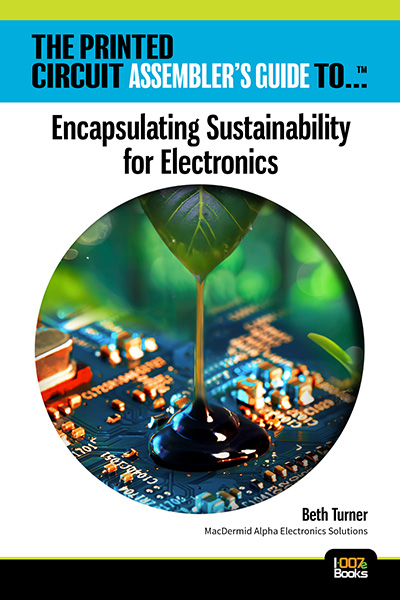-

- News
- Books
Featured Books
- pcb007 Magazine
Latest Issues
Current Issue
The Growing Industry
In this issue of PCB007 Magazine, we talk with leading economic experts, advocacy specialists in Washington, D.C., and PCB company leadership to get a well-rounded picture of what’s happening in the industry today. Don’t miss it.

The Sustainability Issue
Sustainability is one of the most widely used terms in business today, especially for electronics and manufacturing but what does it mean to you? We explore the environmental, business, and economic impacts.

The Fabricator’s Guide to IPC APEX EXPO
This issue previews many of the important events taking place at this year's show and highlights some changes and opportunities. So, buckle up. We are counting down to IPC APEX EXPO 2024.
- Articles
- Columns
Search Console
- Links
- Events
||| MENU - pcb007 Magazine
All About Flex
Column from: Dave Becker
Dave Becker is the Vice President of Sales and Marketing at All Flex Flexible Circuits, LLC. He has spent his career working with flexible PCB’s at Sheldahl, Multek, and All Flex. Dave has authored several papers and articles describing how to successfully adopt this unique interconnection technology into a wide variety of customer applications. His career has included both Operations and Sales experience. He can be contacted at: (507) 664 2000.


